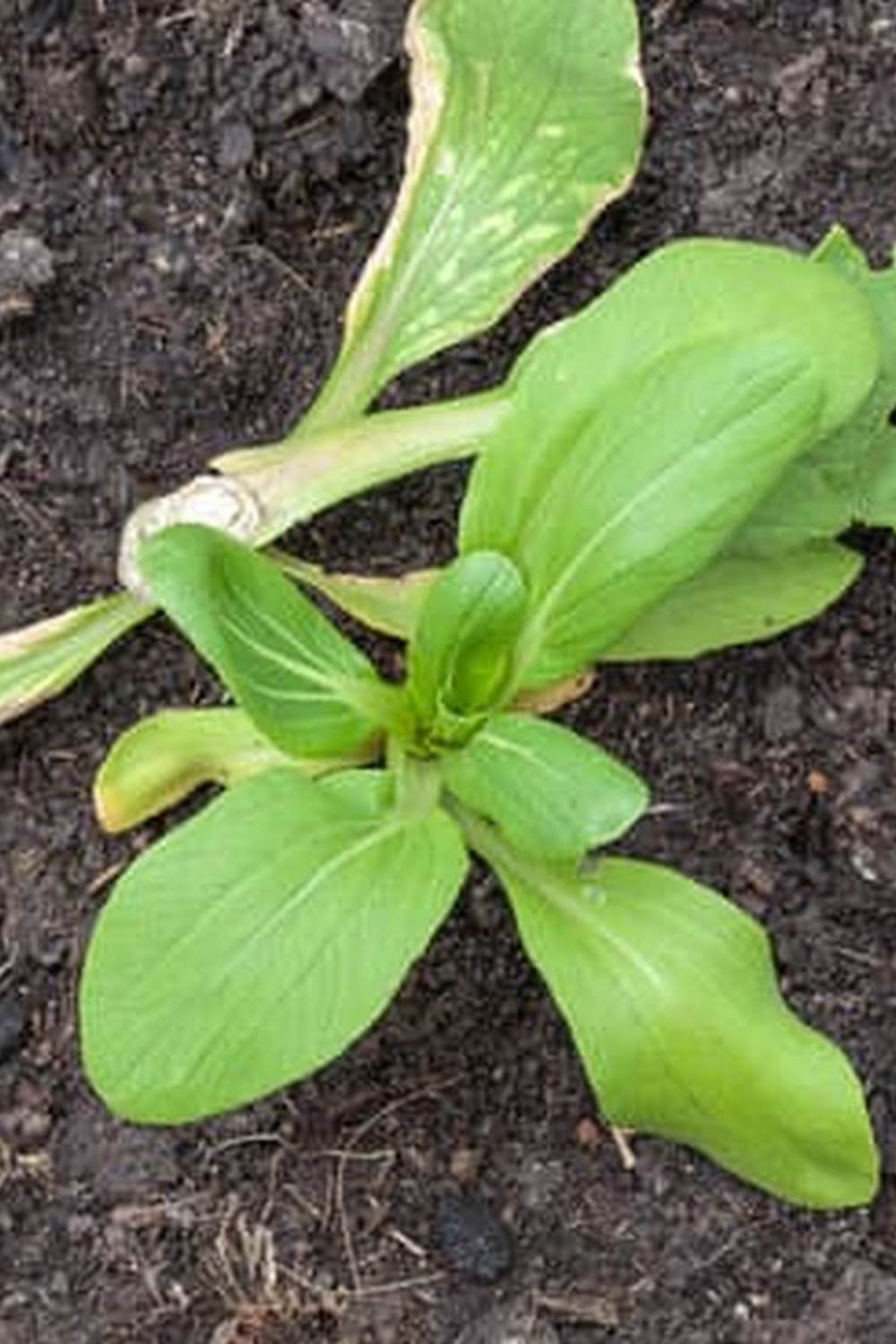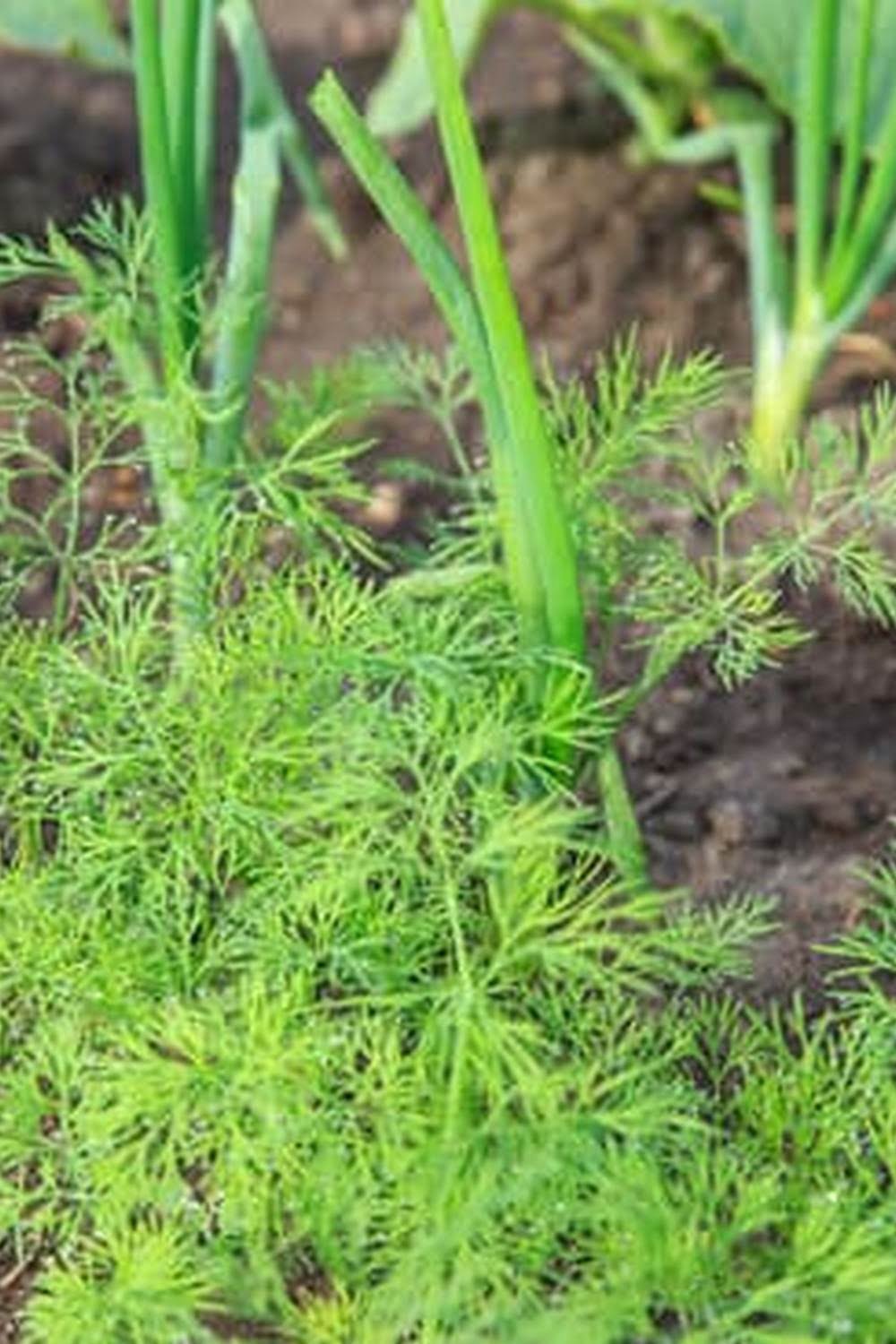How To Replenish Vegetable Garden Soil
The best way to replenish soil in a vegetable garden is to add organic matter. This can be done by using compost, mulch, or organic fertilizers.
Compost is the best way to add organic matter to soil. It is made up of decomposed organic materials, such as leaves, grass clippings, and vegetable scraps. Compost is a rich source of nutrients and helps improve soil texture.
Mulch is another way to add organic matter to soil. It is made up of organic materials, such as leaves, bark, and straw, that are spread on the surface of the soil. Mulch helps retain moisture in the soil, regulates soil temperature, and reduces weed growth.
Organic fertilizers are another way to add organic matter to soil. They are made up of organic materials, such as animal manure, bone meal, and kelp meal, that are spread on the surface of the soil. Organic fertilizers help improve soil fertility and structure.
Perfect Soil Mix For Vegetable Garden
When creating a vegetable garden, the most important factor to consider is the soil. The type of soil you have will determine what vegetables you can grow, how well they will grow, and how healthy they will be. If you have poor soil, you may need to amend it before you can start planting.
One of the best ways to improve your soil is to create a perfect soil mix. This mix will have the perfect balance of nutrients, moisture, and air for healthy vegetable growth. Here is a recipe for creating a perfect soil mix for your vegetable garden:
1 part organic matter (compost, aged manure, etc.)
1 part sand
1 part soil
1 part peat moss
Mix all of the ingredients together and store in a sealed container until ready to use.
To use, mix the perfect soil mix with your existing soil at a ratio of 50/50. This will improve the drainage, nutrient content, and overall quality of your soil.
How To Prepare Clay Soil For Vegetable Garden
When preparing clay soil for vegetable garden, the first step is to break up the clumps with a shovel or hoe. Then, use a rake to loosen the soil and remove any large rocks or sticks.
Next, add some organic matter to the soil. This can be done by scattering a few inches of compost, manure, or shredded leaves over the area. Then, use a shovel or hoe to mix the organic matter into the soil.
If the soil is really compacted, you can rent a tiller to break it up. Be sure to till the soil only once or twice, or you will damage the delicate structure of the soil.
Once the soil is prepared, you can start planting your vegetables.
Best Top Soil For Vegetable Garden
There is no one perfect top soil for vegetable gardens. Different gardeners have different preferences, and what works well in one part of the country might not work well in another. However, there are some general things to look for when choosing top soil for your vegetable garden.
Good top soil should be relatively fertile, meaning it has a good balance of nutrients to help your plants grow. It should also be well balanced in terms of pH, meaning it is neither too acidic nor too alkaline. Additionally, top soil should be well drained, meaning that it does not hold water for long periods of time, which can lead to rot and disease.
Finally, it is important to choose top soil that is suited to your climate. For example, if you live in a dry climate, you will want to choose a soil that is sandy or has a high percentage of sand. If you live in a wet climate, you will want to choose a soil that is heavy and has a high percentage of clay.
There are many different types of top soil available, so it is important to do your research before making a purchase. Be sure to read the label to find out what type of soil it is, and ask the retailer questions if you are unsure. Ultimately, it is up to you to decide what type of top soil is best for your vegetable garden.
Best Soil Type For A Vegetable Garden
When it comes to growing a vegetable garden, the type of soil you have is of the utmost importance. Different vegetables require different types of soils in order to grow properly. If you are not sure what type of soil you have, or what type of soil your vegetables need, there are a few ways to find out.
The first way is to take a soil sample to your local county extension office. They will be able to test the soil and let you know what type of soil you have, as well as what type of vegetables will grow best in that type of soil.
Another way to find out is to do a little research online. There are many websites that have information about soil types and what vegetables grow best in each type of soil.
The best type of soil for a vegetable garden is a sandy loam soil. This type of soil is well-drained, yet still holds moisture well. It is also rich in nutrients, which is important for growing healthy vegetables.
If your soil is not a sandy loam soil, don’t worry. There are many ways to amend your soil so that it will be suitable for growing vegetables. One way is to add organic matter to the soil. This can be done by adding compost, manure, or other organic materials. Another way to amend the soil is to add fertilizers. There are many different types of fertilizers available, so be sure to choose one that is specifically made for vegetable gardens.
If you follow these tips, you will be able to grow a beautiful and bountiful vegetable garden, no matter what type of soil you have.

If you’re looking to get into vegetable gardening, or are just looking for some tips on how to make your current garden better, then you’ve come to the right place! My name is Ethel and I have been gardening for years. In this blog, I’m going to share with you some of my best tips on how to create a successful vegetable garden.





